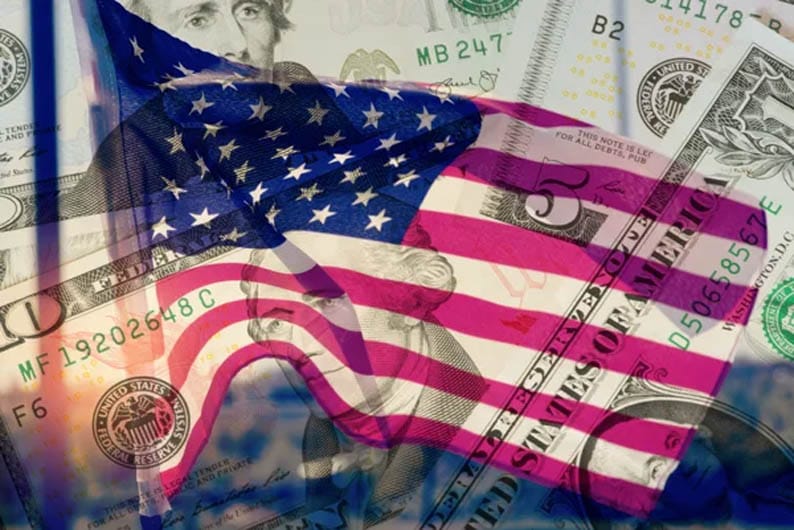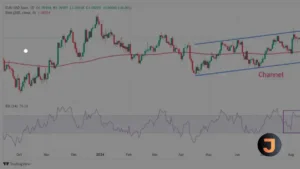Anticipating the Federal Reserve’s Next Move
Amidst a climate of persistent inflation, the Federal Reserve’s strategy on interest rates is a subject of intense scrutiny. The latest consumer price index (CPI) data, which has shown inflation to be more stubborn than anticipated, has led to a shift in expectations regarding the Fed’s rate cuts.
Initially, the market had been bracing for up to six rate reductions in 2024. However, the CEO of deVere Group, Nigel Green, has long advised a more conservative forecast. With both headline and core prices rising by 0.4%, and annual inflation rates at 3.2% and 3.8% respectively, Green’s prudent outlook seems to be bearing out.
“Although we’ve seen some progress on inflation, it’s been a slow journey,” Green observed. “The headline CPI hasn’t shown significant change since the Fed ceased its rate hikes, but the core CPI—which is often seen as a more reliable indicator of long-term trends—has dropped by about one percent.”
A robust jobs report further complicates the picture for the Federal Reserve, reinforcing Green’s prediction that the central bank will hold off on any rate cuts until at least the third quarter of this year. Following this anticipated cut, he expects a pause until January 2025 to gauge the impact on the U.S. economy.
Investment Strategies in a High Interest Rate Environment
With interest rates set to remain elevated longer than previously expected, investors are facing a new set of challenges. Fixed-income assets, such as bonds, are under particular pressure as higher interest rates can lead to lower bond prices and potential capital losses.
“Investors should consider diversifying with shorter-duration bonds or bond funds to mitigate interest rate risks,” Green advised. He also highlighted the potential of alternative investments like real estate, certain cryptocurrencies, commodities, and private equity.
For stock portfolios, Green recommends focusing on high-quality companies with robust financials and sustainable earnings growth. Dividend-paying stocks could also be more attractive in this environment as they provide income even when rates are rising.
Green emphasizes the importance of a disciplined investment approach and diversification across various asset classes and regions. This strategy can help manage risk and enhance long-term returns. He suggests working with an advisor to align investment strategies with individual goals and risk tolerance while navigating the current interest rate landscape.
In conclusion, Green reiterates his stance that investors may need to adjust their portfolios in response to what he calls a ‘higher-for-much-longer’ interest rate environment, with the Federal Reserve likely to implement just one rate cut this year and none expected until January 2025.






